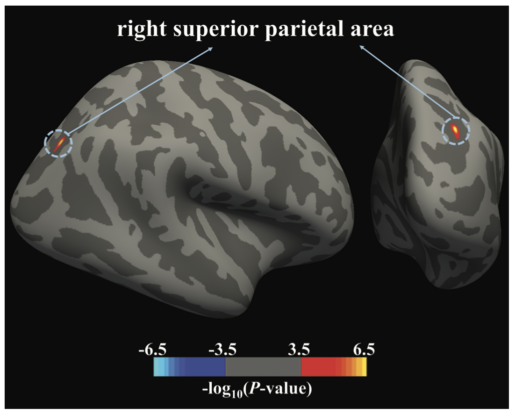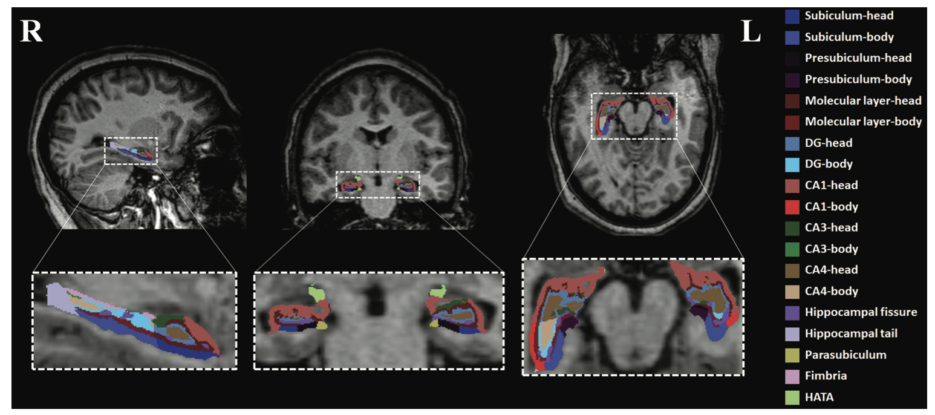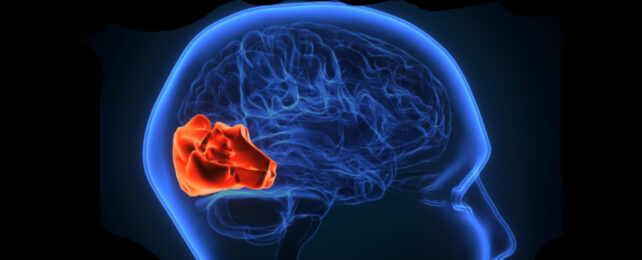Interruptions to breathing during sleep may cause parts of the adolescent brain critical to learning and memory to become thin or inflamed, according to a record-sized study carried out on US teenagers.
Around half of children who have been described as obese can develop what's known as obstructive sleep apnea, a condition that closes the airway intermittently during sleep and reduces the amount of oxygen entering the blood for brief periods.
Hypoxia, where the body and brain are deprived of oxygen, can cause broken sleep, learning, attention and memory issues, and behavioral problems such as hyperactivity.
Raanan Arens, a respiratory and sleep physician at Children's Hospital at Montefiore in New York City, wanted to find out if sleep apnea was reshaping the brains of teens.
Together with a team of researchers, Arens recruited just under 130 teenagers who were overweight or obese and monitored their sleep overnight. Around half were newly diagnosed with sleep apnea, and none had been previously treated for this condition.
Each study participant underwent an MRI scan to examine the structure of the cortex and hippocampus, two regions of the brain responsible for higher-level thinking such as decision-making, learning, and memory.
The study found that in the brains of teens with sleep apnea, the cortex was significantly thinner in the right superior parietal region compared with the control group. The more severe the sleep apnea symptoms, the thinner this region of the brain appeared.
The right superior parietal region sits towards the lower back of the brain and is important for processing memories and sensory information. A thinning of this area is likely to impact the cognitive development of teens, the researchers write.

Thinning in this region has previously been seen in adults with sleep fragmentation, and in children with potential early-life stressors, such as having a single parent or a lower household income. In experiments where rodents were intermittently deprived of oxygen, cell death in the brain also caused a thinning of the cortex.
The volume of the hippocampus was also larger in teens with sleep apnea than in those in the control group, and the difference increased with sleep apnea severity. This was probably caused by swelling and inflammation in the brain, the researchers write.
Damage to this region of the brain has also been seen in teenagers with attention-deficit hyperactivity disorder ( ADHD), and may be associated with autism spectrum disorder.

Treating sleep apnea earlier in children could preserve brain health and reduce the risk of cognitive impairment, the researchers write.
One well-known red flag for sleep apnea is snoring, but while around 20 percent of children snore, only 1 to 6 percent of adolescent children have sleep apnea or other sleep-related breathing disorders.
The other sleep apnea warning signs that can be detected during sleep include: gasping or snorting, sweating or restlessness, sleeping in unusual positions, or breathing through one's mouth instead of one's nose. Children with sleep apnea can experience tiredness, headaches, loss of appetite, or blocked noses during the day.
Enlargement of the tonsils or adenoids in the back of the nose are the most common cause of sleep apnea in children, and having these removed can help symptoms.
Sleep apnea can also affect children with allergies or hay fever, small jaws or flat faces or children with conditions that affect their muscle strength such as Down syndrome.
Treatments for sleep apnea can include weight loss for overweight or obese children, allergy treatment, or use of a Continuous Positive Airways Pressure (CPAP) machine, which keeps the airways open at night.
This paper was published in Sleep.
